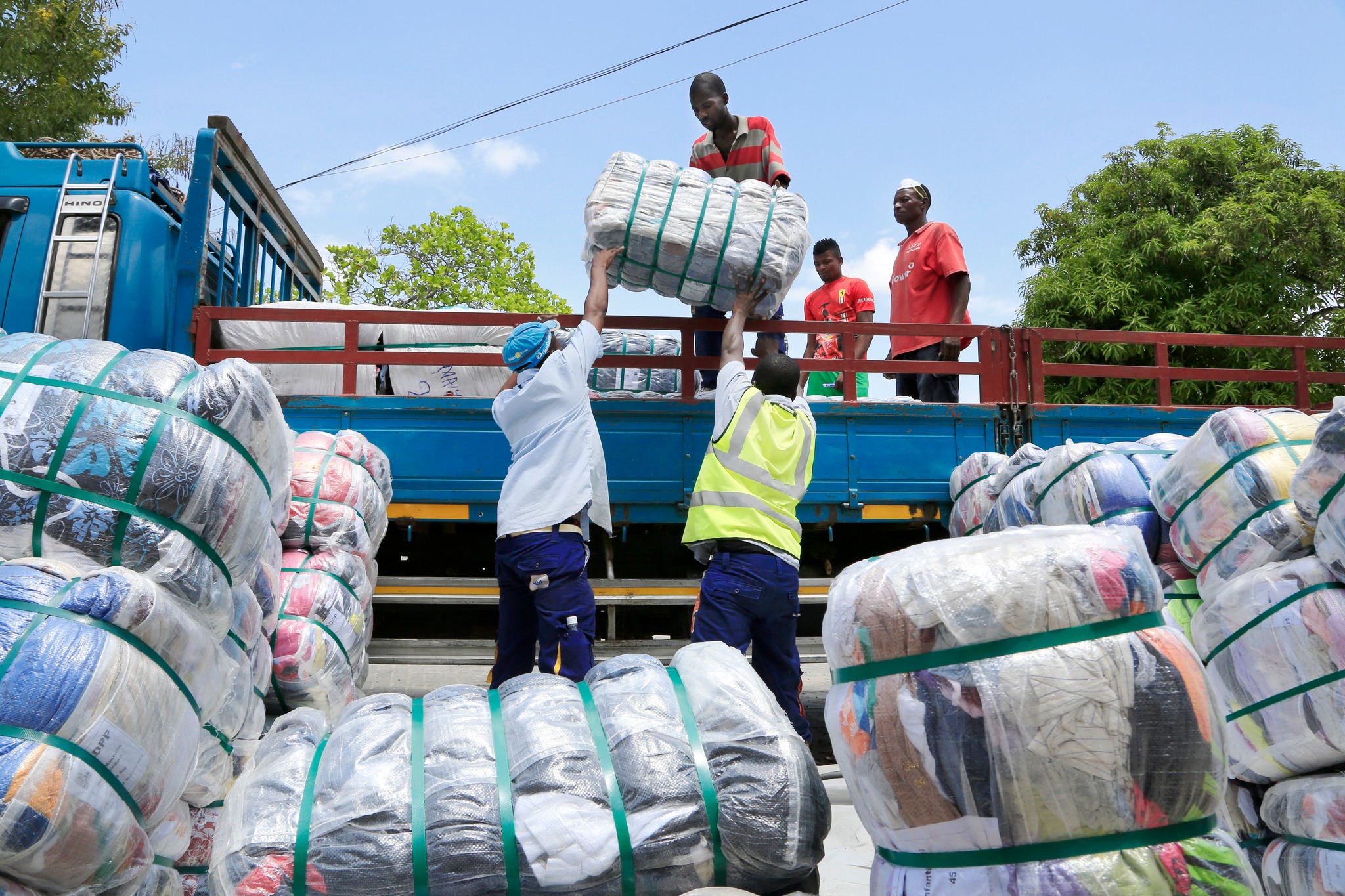
One of the most important beneficiaries of the second-hand clothes trade is Africa. Africa is the world's second-largest importer of second-hand clothes, and the business provides a vital source of clothing and income for millions of people on the continent.
It is a large industry that is growing rapidly. The global second-hand clothes market is set to nearly double in the next decade.
Second-hand clothes are cheap and affordable for people who don’t have the means to buy more expensive new clothes. They are of good quality that often last longer than cheap quality new clothes and they offer an endless array of unique styles. These are factors which make second-hand clothes very popular among consumers of low-income countries of Africa.
There are many other benefits from the second-hand clothes trade.
Second-hand clothes have a big positive impact on the environment. By preventing post-consumer clothing from ending up in landfills or incinerators, the trade reduces carbon emissions and saves lots of resources, water, and energy. Second-hand clothes are donated by well-meaning people in wealthier countries who over time have accumulated excess clothes in their wardrobes and who don’t want to throw them away because they know they still have value left. Therefore, the clothes donated are mostly clean and in good condition. After the donations have been collected and the clothes sorted at sorting centres, the clothes receive a new lease of life when sold at the end markets in the receiving countries, rather than ending up as waste in the countries where they were donated. Furthermore, when people buy second-hand clothes there is less need for producing new clothes, which is highly damaging to the environment.
The second-hand clothes trade is a big industry that also creates jobs, as people are employed to collect, transport, sort, sell, clean, and repair second-hand clothes. It is estimated that the business employs millions of people across the African continent. The trade works well in informal and self-employment settings, which is vital for African countries with limited possibilities for formal employment. It fosters entrepreneurial skills and innovation and supports millions more households who depend on the trade for their livelihoods.
There are also many social benefits deriving from the second-hand clothes trade. For example, second-hand clothes can help to improve people’s self-esteem and confidence, as people can choose and dress in clothes that they would not be able to afford otherwise. It also helps to enhance gender equality and democracy, as women and girls are often the primary actors and beneficiaries of the trade.
Second-hand clothes are of great importance for the economies of African countries as they are also a vital source of tax revenue. In Kenya, for example, the government collected over US$100 million in import taxes on second-hand clothes in 2021. In Tanzania, the revenue was estimated to be around US$73.4 million.
This revenue goes to the national government to fund various social development projects, such as education, healthcare, and infrastructure development.
Some have voiced concern that the second-hand clothes trade is hindering the revival of the local textile industry. However, recent scientific reports have highlighted that there is no evidence that this is the case. On the contrary, all evidence points to the fact that the two sectors can coexist and thrive, mutually benefiting each other. Also, surveys have shown that there is no significant amount of waste in second-hand clothes as some have claimed.
The second-hand clothes trade is an important part of the global economy, and it is likely to become even more important in the future. As the world’s population grows the demand for second-hand clothes are likely to increase.
Overall, second-hand clothes have proved to be a great way to (1) reuse and save natural resources and (2) providing affordable good quality clothes for millions of people while at the same time creating economic stability and opportunities in low-income countries, stimulating economic growth.
The article is published in the HPP Baltic 2022 report


